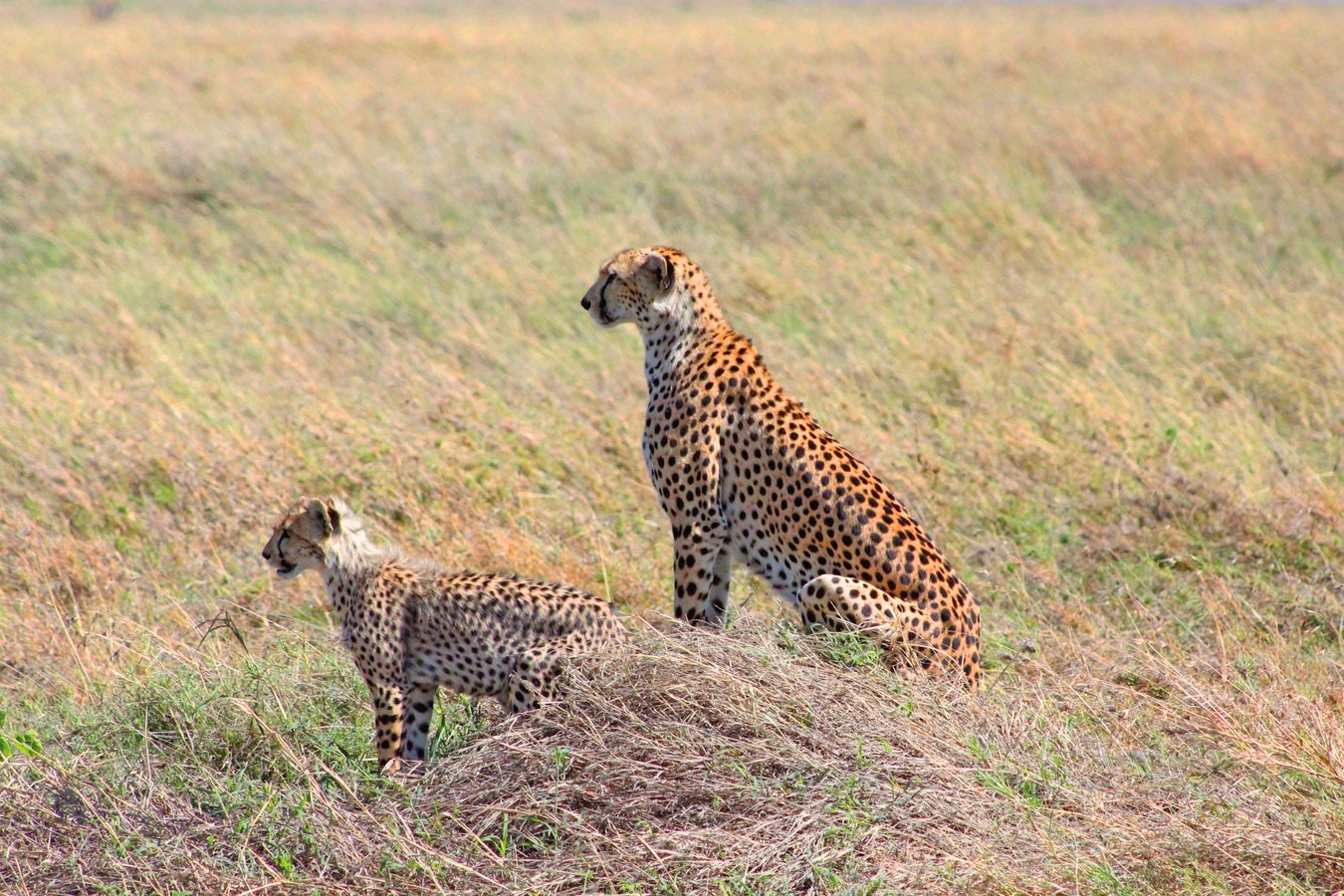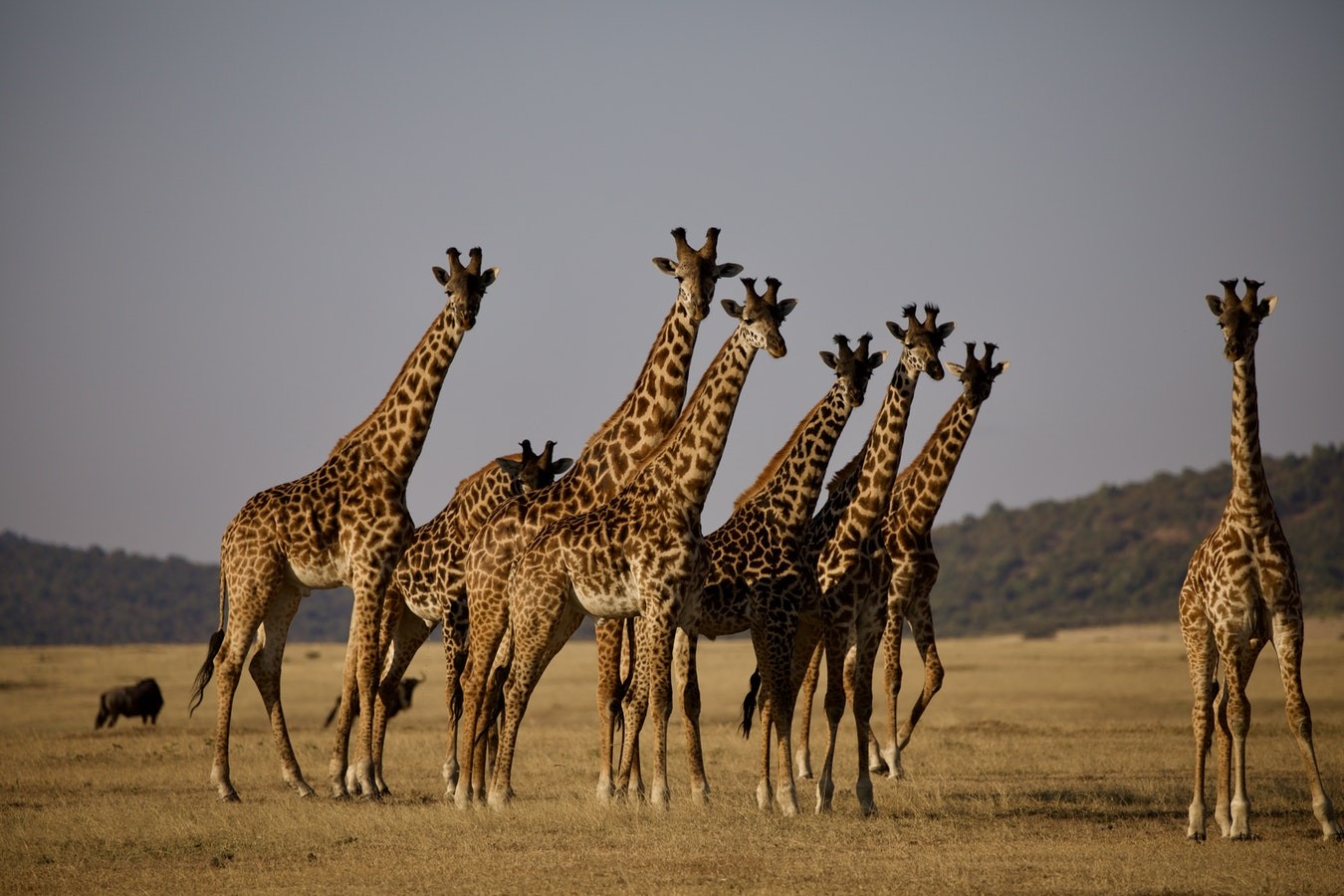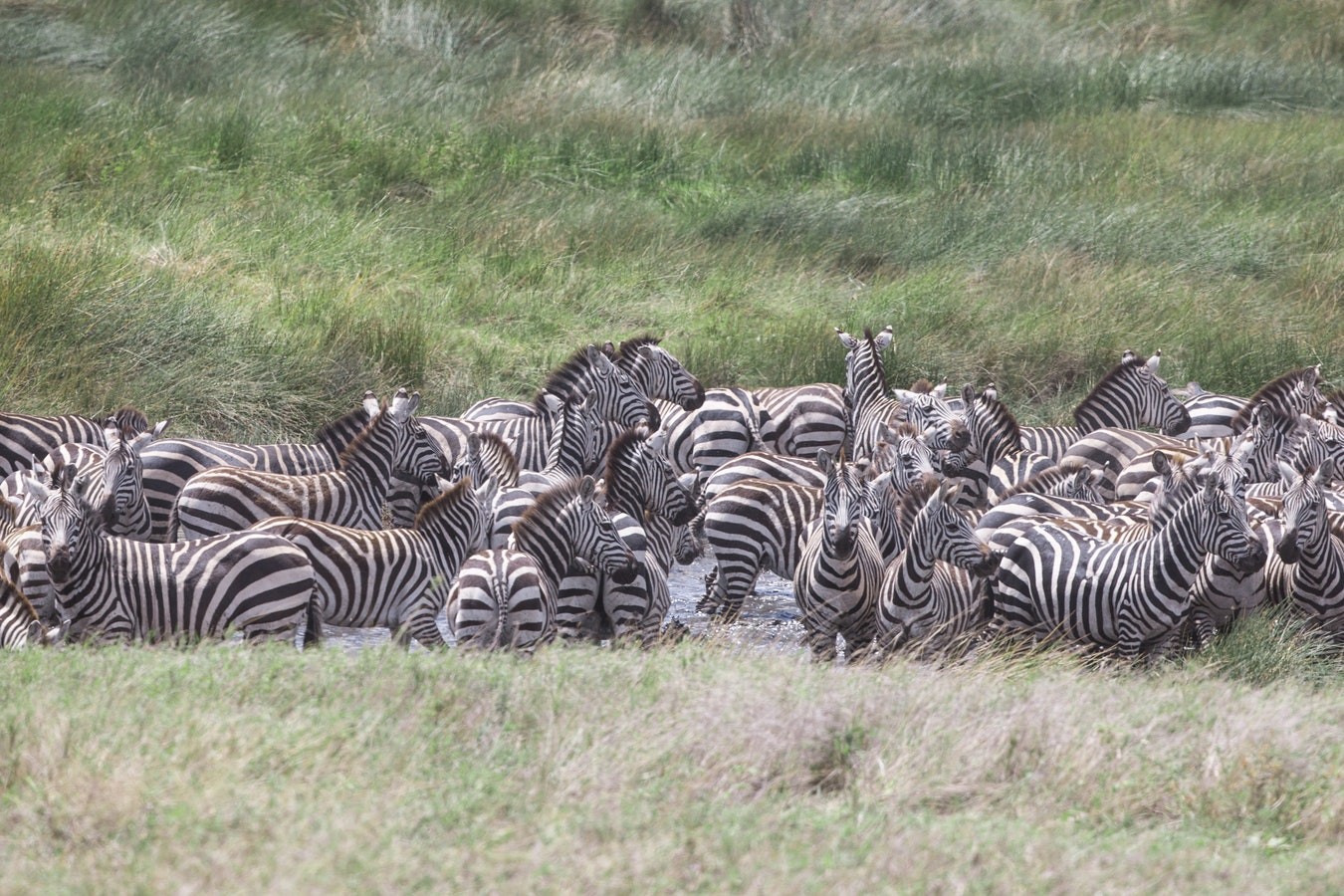
We’re adventuring into the incredible African wild! This is your chance to get up close and personal with some of the world’s most stunning and endangered species in their natural habitat.

We’re adventuring into the incredible African wild! This is your chance to get up close and personal with some of the world’s most stunning and endangered species in their natural habitat.

Driving through the Ngorongoro volcanic crater that hosts more than 20,000 large animals and exploring Tanzania’s sixth largest park – home of some of Africa’s animal kings and queens.

Take game drives through the stunning Serengeti in search of a variety of predators and a wide range of habitats – from dotted plains to thick woodlands and hippo pools.

Tanzania is an all year round destination and the climate is pleasantly warm with cool nights. Temperatures are slightly higher from October to March, while they are slightly cooler from June to August. At night it can be a bit cold, and the temperature can drop below 10 °C, especially from June to August. As for the rainfall; there are two rainy seasons, one that lasts about six weeks and occurs from March to May (called "the long rains"), and the other that lasts about two weeks and occurs from October to December (called "the short rains"). So, The best time to visit Tanzania for a Safari goes from June to September, being the coolest, and slightly the driest of the year. However, showers in the afternoon may still occur, and there can be a bit of cool (or even cold) at night, while during the day the weather is pleasantly warm.

We stay in safari lodges inside the national parks, moving from one park to the next. All the buildings follow the design of traditional African round houses with conical roofs, and these stretch along the line of the hills with the impressively large public area buildings and the swimming pool at their centre. All lodges have spacious guest rooms with queen and king size beds; mosquito nets; electronic safes; dressing tables; en-suite bathrooms and sheltered verandas that all have views over the gardens and the game reserve beyond.

During our stay in the lodge our bellies are always taken good care of! We enjoy everyday a full breakfast before we head out to look for the animals, and a fulfilling dinner after we return. There is also an outdoor timber deck should you wish to enjoy your meal beneath umbrella-shaded tables, with some traditional African food and your stories of your amazing encounters.

The Maasai are a nilotic ethnic group of people located in Northern Tanzania and Kenya. They are known for their great warrior culture, a sacred relationship with cattle, and a love for the colour red. Leading a semi-nomadic lifestyle, the Maasai offer a look into a completely different culture, heritage and tradition from our own. A Safari trip to Tanzania isn't just about the Big Five, but also about the cultural exploration it offers.

While Tanzania is home to hundreds of different species of animals, it is most famous for “The Big Five”. Originally, the term “The Big Five” referred to the five most difficult animals to hunt in Africa: The African Leopard, The African Lion, The African Elephant, The African Rhino and The Cape Buffalo. Of course, hunting culture is slowly fading away (thankfully), and instead, we’re here to explore the wildlife wonders of the continent. On this trip, you will get to experience 4 different national reserves including Serengeti which is best known for its wildebeest migration as well as the Ngorongoro crater which is a hub for Africa’s big 5.
$10